Wheelchair Accessibility for Historic Buildings
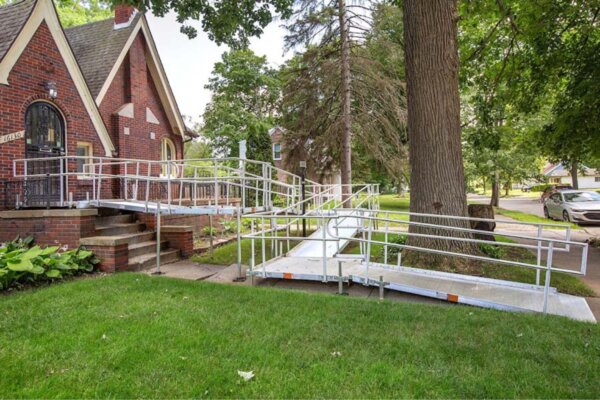
What if I told you there was a way to make historic buildings more accessible to everyone while preserving their history?
That’s crazy, I know. But hey, they said George Washington was crazy for crossing the Delaware and look how that turned out.
History is a subject we can read about and one that we can experience in person through historical buildings, protected sites, and living history museums. Making these places more wheelchair accessible will help those with disabilities see and experience the stories and history of these sites.
In this article we’ll be discussing what rules apply to different historic buildings and how you can best provide wheelchair access to meet these standards while preserving the history within.
Wheelchair Accessibility Throughout History
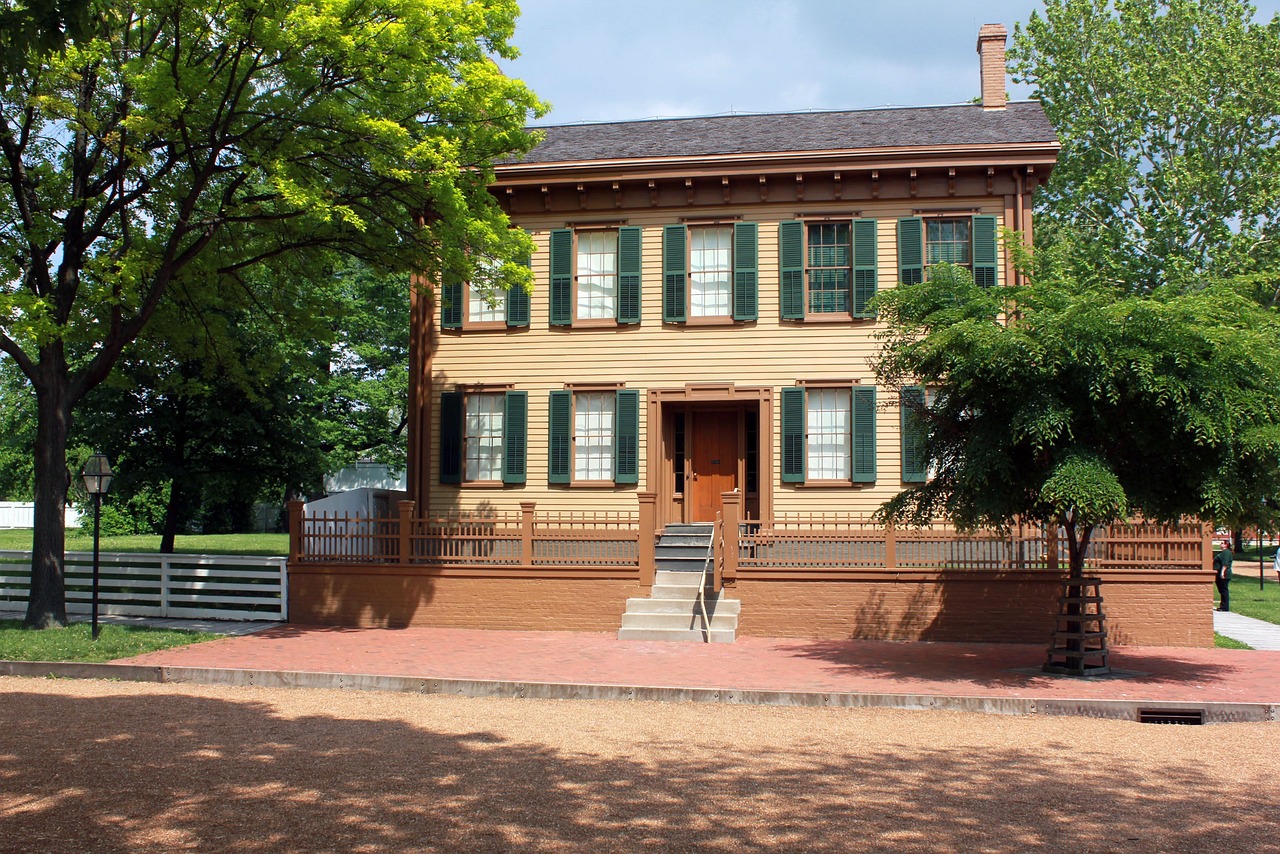
Let’s take you back to colonial America. It’s 1612 and you’re constructing your new general store in the middle of New England/York/Hampshire/Jersey… the list goes on. As you’re building this store, you’re probably not thinking of constructing a wheelchair ramp because the wheelchair hasn’t been invented yet.
According to a quick Google search, the first self-propelled wheelchair was developed in 1655. So not too long after this fictional story.
Anyways, even after the invention of the wheelchair most buildings were not designed or constructed to have wheelchair accessibility. We don’t even have to go back to 1612 for this type of example. Let’s jump forward a little bit. Some buildings built up through even the 20th century were not designed to best accommodate wheelchairs.
The Americans with Disabilities Act was established in 1990. This created the emphasis on ramps and handrails so that those with disabilities can have equal access to public places. Whether it’s 1612 or 1912, these historical buildings were not always designed with wheelchairs in mind.
Now fast forwarding to today. We now have historic sites and living history museums where families and history nerds (also known as historians) can come and experience history in person.
But how are people in wheelchairs or with limited mobility able to experience these places?
“The answer is wheelchair ramps!” – Eager reader. Well, yes that’s the answer, but let me talk about the rules in place first before we get to the solution.
Preservation Societies and Accessibility
The preservation of these historic buildings is a top priority for both the property/site owner and preservation societies. They all work hard to make sure the history and authenticity of these buildings are kept accurate.
This can make it difficult to incorporate wheelchair accessibility. As we said before, these buildings and sites weren’t designed with disability access in mind. So how do we balance preservation with accessibility?
Historic Buildings Laws and Regulations
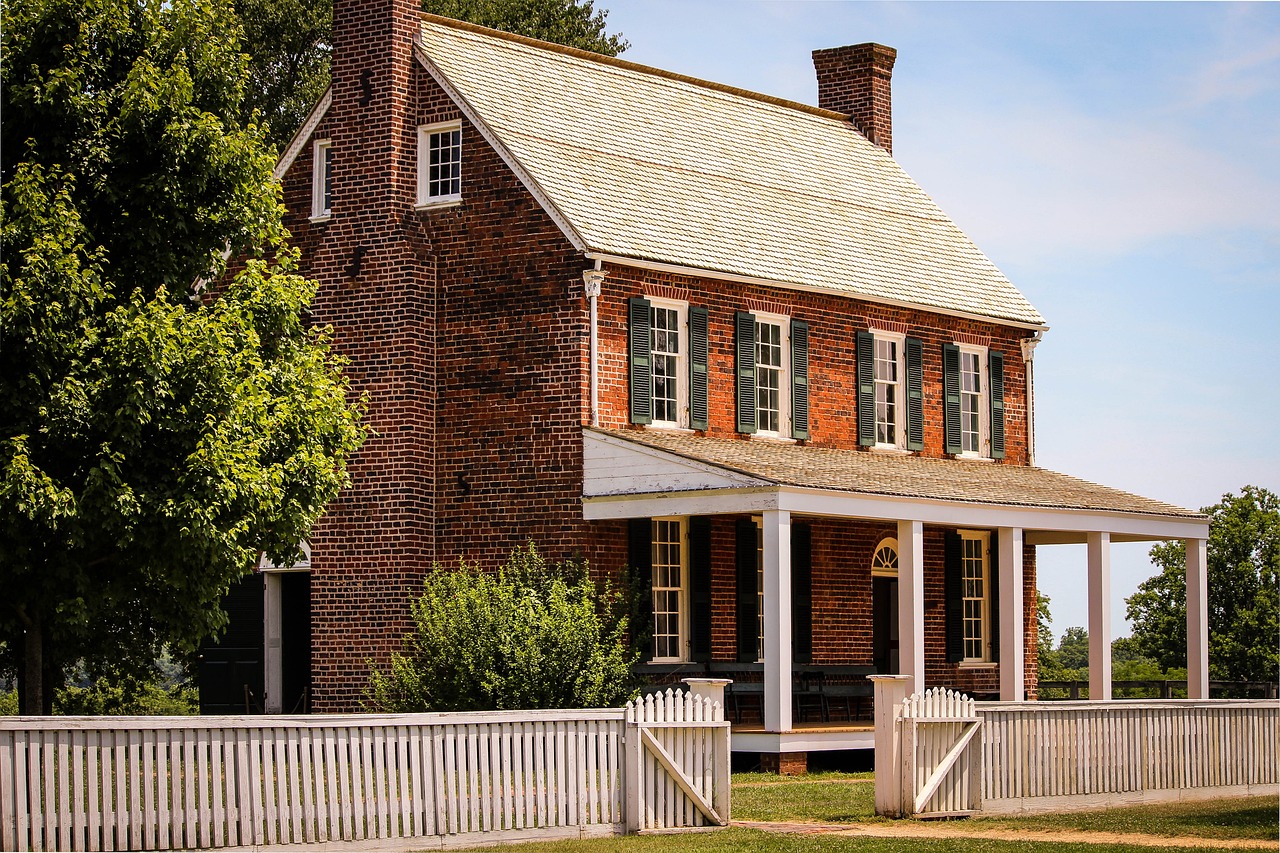
The National Park Service (NPS) says:
“Whenever possible, access to historic buildings should be through a primary public entrance. In historic buildings, if this cannot be achieved without permanent damage to the character-defining features, at least one entrance used by the public should be made accessible.”
What is a “character-defining feature”? Let me throw another quote at you from the Historic Tax Credits program, who works alongside the NPS:
“Buildings derive their character from a collection of features that are illustrative to a period or style of architecture. Those features must be identified, retained, and preserved for a building to maintain integrity.”
That’s a mouthful. These features could be windows, pillars, gardens, or any feature that defines the building/site and has historic significance to the location.
We understand the importance of preserving these features as well as the need for an accessible safe entrance. That’s why our wheelchair ramps are engineered to preserve the history and integrity of these sites. Our wheelchair ramps are free standing with no mounting into any structure. They perfectly balance easy access and preservation of your historic building.
ADA Wheelchair Ramp Standards
Now we’ve already discussed wheelchair ramps. And the National Park Service also says that public entrances can be re-graded as another solution. Meaning museums and historic buildings can create a natural slope, so people can access buildings and sites. Both solutions are meant to make access for wheelchairs or other mobility assistance much easier.
Additionally, because these buildings are public, they fall under the jurisdiction of the Americans with Disabilities Act (ADA). The ADA states that any public buildings must provide accommodations for the disabled.
When it comes to historic buildings and needing to make alterations to be compliant, the ADA says:
“Alterations to historic properties shall comply, to the maximum extent feasible, with the provisions applicable to historic properties in the design standards specified in 35.150. If it is not feasible to provide physical access to a historic property in a manner that will not threaten or destroy the historic significance of the building or facility, alternative methods of access shall be provided pursuant to the requirements of 35.150.”
Reiterating what the NPS says, the ADA aims to make all public facing buildings more accessible to those with disabilities.
Now whether you are re-grading the entrance or installing a wheelchair ramp, the ADA standards we mentioned apply to both. A few key points to make note of are:
- The maximum slope for a ramp is 1:12 (minimum is 1:20 to be considered a ramp).
- If the rise is above 6 inches, then the ramp needs handrails.
- Handrails need to be between 34 and 38 inches above the walking surface.
- Ramp surfaces need 36 inches of clear width between railings.
- Handrails must extend 12 inches beyond the top and bottom of the ramp.
- A curb or barrier must be built so that a 4-inch sphere can’t pass through the bottom of the handrail.
Wheelchair Accessibility Solutions
That’s a lot of information and a lot of measurements. All things to consider when it comes to making renovations and plans to install your wheelchair ramp. But don’t worry, I’m here to help you with all of this.
We here at Simplified Building specialize in creating compliant wheelchair ramps and railing. Our team works to provide the best solution to make your historic building more accessible, while also helping to preserve the historical features of the building.
Permanent ADA Ramp and Railing System
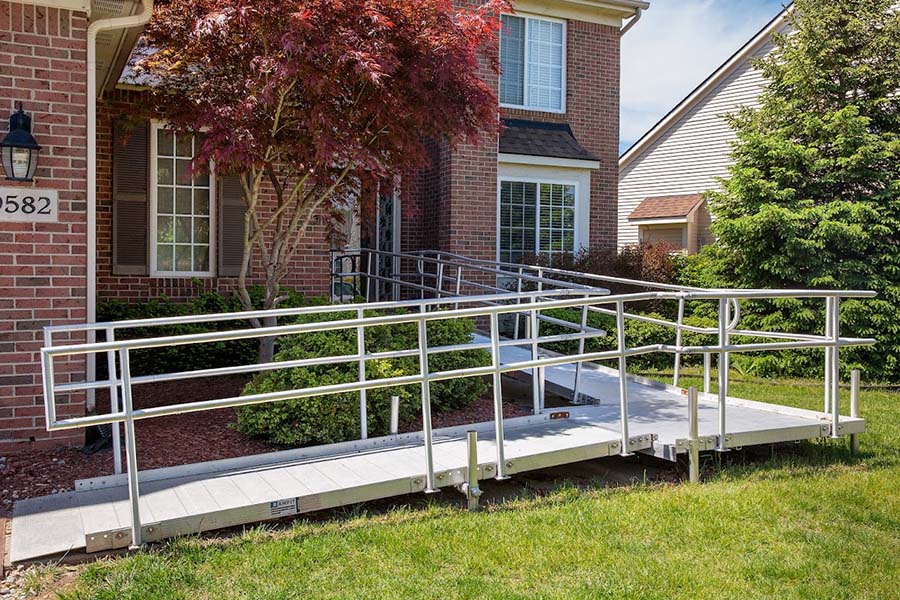
Our primary solution to making historic buildings wheelchair accessible is our custom pipe and fitting wheelchair ramps. Now I know what you’re thinking, they didn’t have pipe and fittings back during *insert time-period here*.
I agree, they didn’t. But what our wheelchair ramps may lack in historical accuracy, they make up for in droves. Mainly preserving the integrity of the building and allowing safe easy access for those with disabilities.
With our Kee Access wheelchair ramps, there’s no mounting into the building itself. Our wheelchair ramps are entirely free standing. This helps preserve the integrity of the building by not needing any structural attachments. This keeps your history and your people safe.
Our wheelchair system is entirely modular, which means no welding and allows for easy modifications if needed. Our wheelchair ramps are also specifically designed to meet all ADA standards as mentioned above to ensure that your new wheelchair ramp is safe and compliant.
Temporary Threshold Wheelchair Ramps
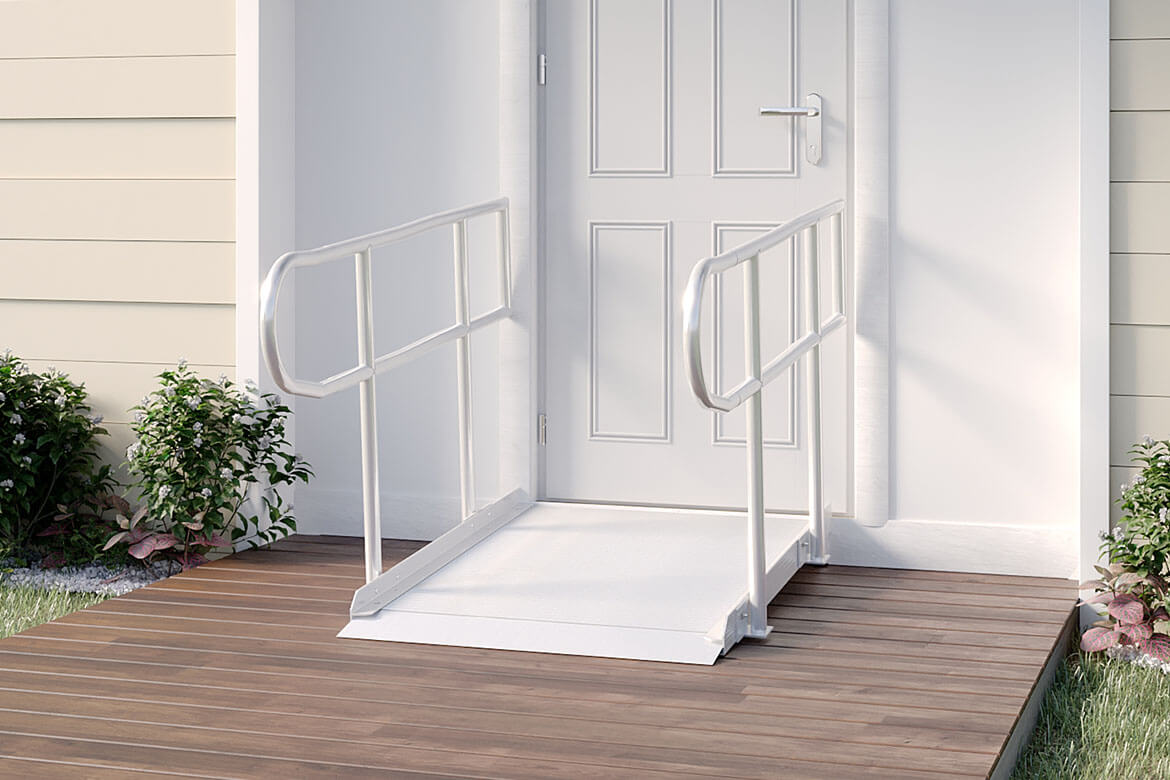
Perhaps you don’t want or need a wheelchair ramp that is so large or grandiose. Let me show you some smaller threshold wheelchair ramps.
This portable curb ramp is perfect for smaller entrances where you can’t make large scale renovations to your historic building. It meets all the necessary requirements for a wheelchair ramp and is easily portable.
The thing to make note here though is that this is not a long-term permanent solution, but still can be used when needed.
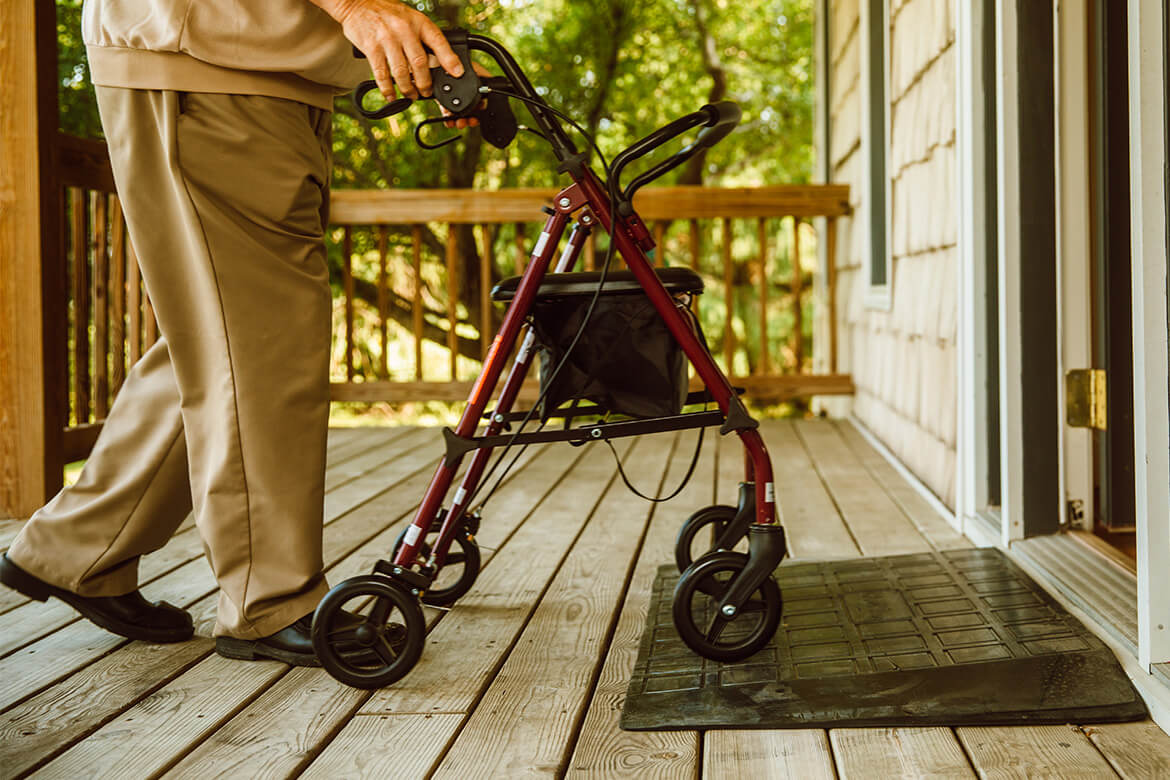
Another portable solution is this rubber threshold ramp to provide that slight incline to make buildings more accessible. This type of ramp is easily moved as needed for smaller doorways in historic buildings.
Adding Railing to an Existing Ramp
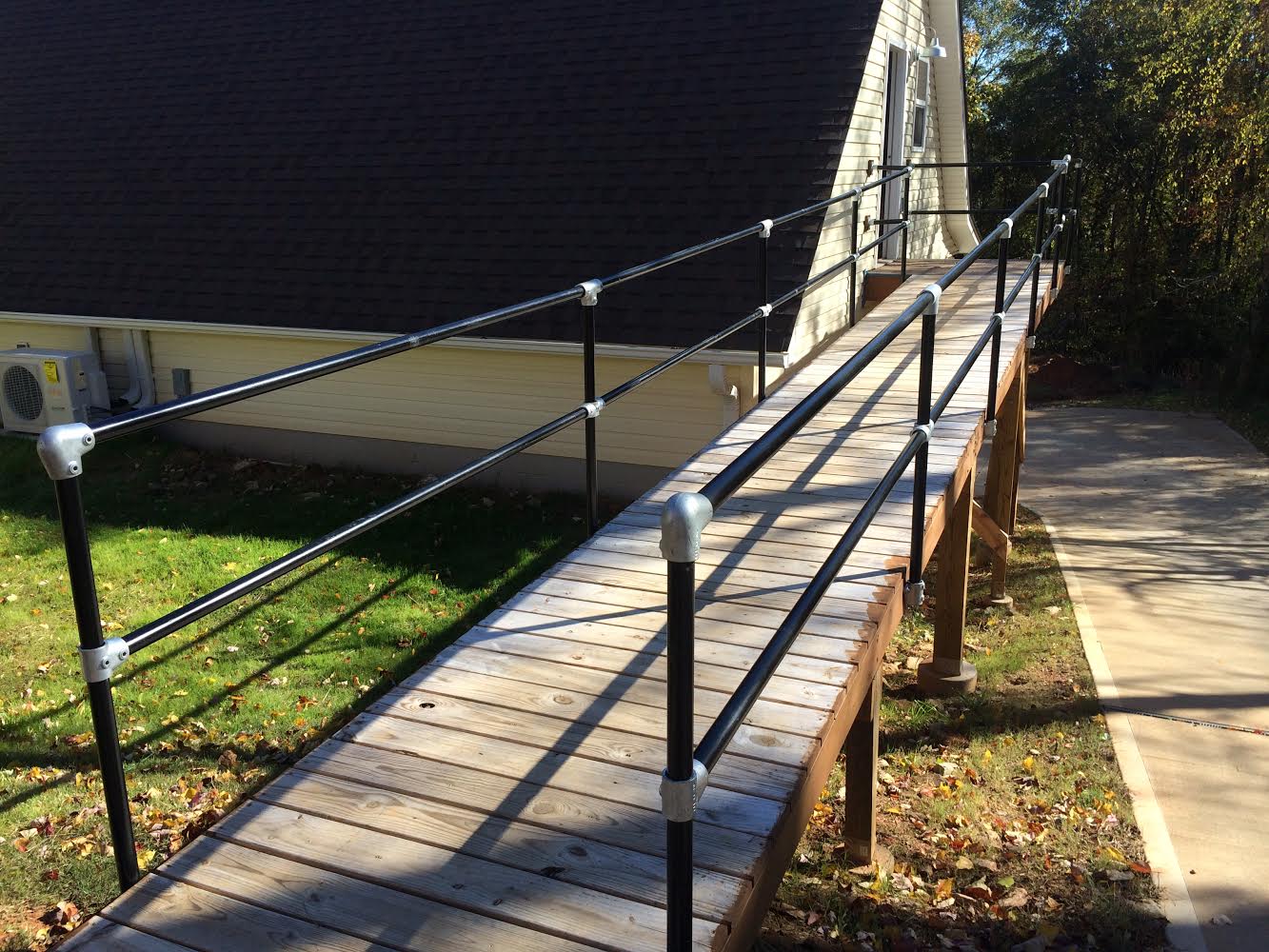
Perhaps you are going with re-grading, or you have an existing ramp that you are looking to improve. We can most definitely help you out here.
We offer ADA compliant railings that can be installed on your existing ramp or sidewalk, or it can be retrofitted to an existing wood railing to make the handrail compliant.
Our team of project specialists strive to help design ramps and handrails that are compliant and safe for your visitors.
In Review
History is something that deserves to be enjoyed by everyone. Making historical buildings more wheelchair accessible will provide those with disabilities the freedom and ability to learn and experience living history.
If you are planning to make your historical building more accessible. Contact our team who would love to assist you with your designs and get your new wheelchair ramp ordered today.
